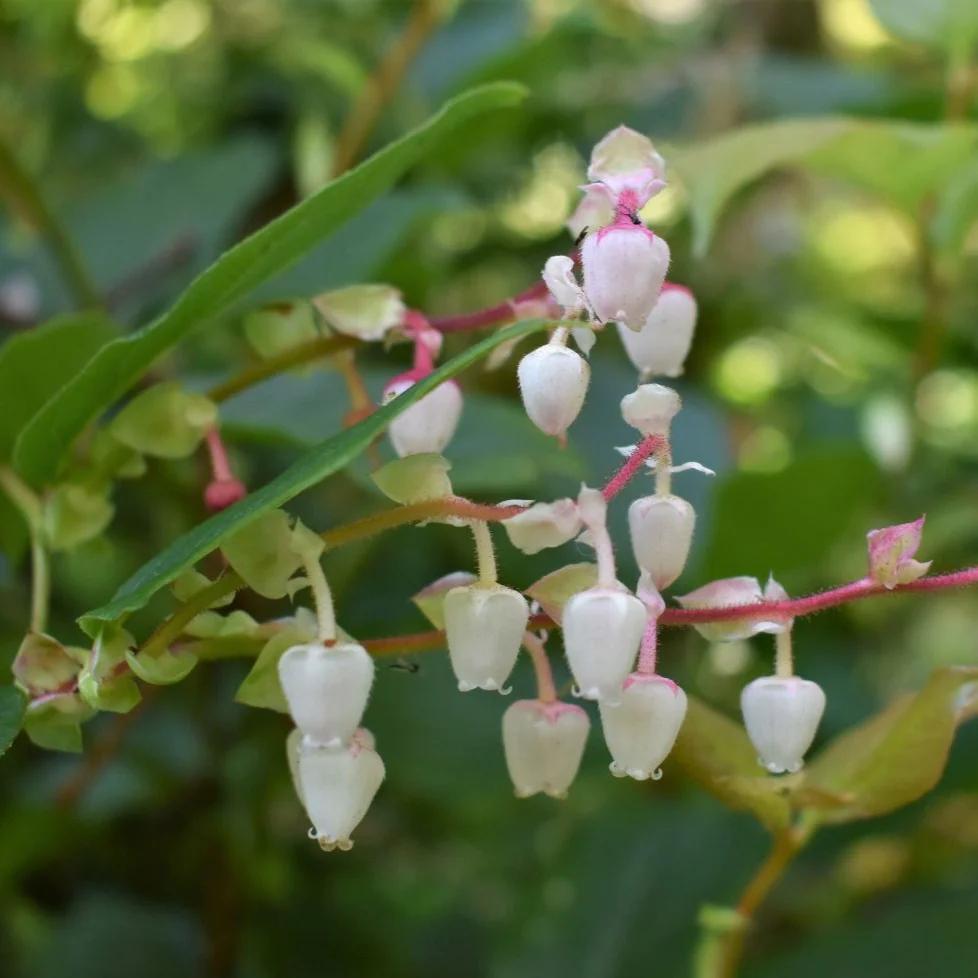The curious case of the urn-shaped flowers
Recently I’ve been working on updating my garden so that it’s a better habitat for birds, pollinators, hummingbirds, and beneficial insects.
I signed up for the Backyard Habitat Certification Program run out of my county.
And, because I love making lists (I don’t know why, but I find it very calming), I used their resource booklet to put together every plant that met the Portland Plant List or PPL (meaning it was native to my specific eco region), and that were listed as beneficial to birds, pollinators, hummingbirds, and beneficial insects. To me these are really high value plants because they provide food and shelter for animals throughout the year. Plus, the plants on that list provide a lot of visual interest for me in terms of flowers, bark texture, and in some cases, evergreen leaves.
So as I’m putting this list together I’m looking at the flowers for many of these plants listed as being on the Portland Plant List (PPL). They are hyperspecific to this region and a lot of our native insects and wildlife depend specifically on native plants to survive because they’ve evolved in conjunction with these plants.
I always logically knew this, but never had a good visual representation of that until today. As I looked through the plants, I noticed that the ones listed as PPL overwhelmingly had a small, uniquely shaped flower. Here are some examples:




This shape is called urceolate (urn-shaped). You may have noticed that I included the latin or scientific name of each plant. The first word in that name is the genus (e.g. Arctostaphylos) and the second word is the species (uva-ursi). And you may have noticed that the last two plants I included are both in the same genus (Arctostaphylos), but the other two are not.
So that got me wondering: why would plants across different genera (I learned today that’s the plural of genus), and species have such similar shaped flowers.
And then I realized since they’re all hyper-specific to this region, it must be because certain pollinators native to this region are specifically well suited to pollinate this plant. My guess, though I have to do some more research, is that there are some specific native bees and butterflies that pollinate this shape of flower almost exclusively. That’s my hypothesis at least.
I’m excited to dig in (get it? it’s a planting joke) more to see what I can find online and then also start planting so I can see for myself what types of bees and bugs and birds I get!
Want to see what I learned? Go to part deux (and also the finale) of this research journey.